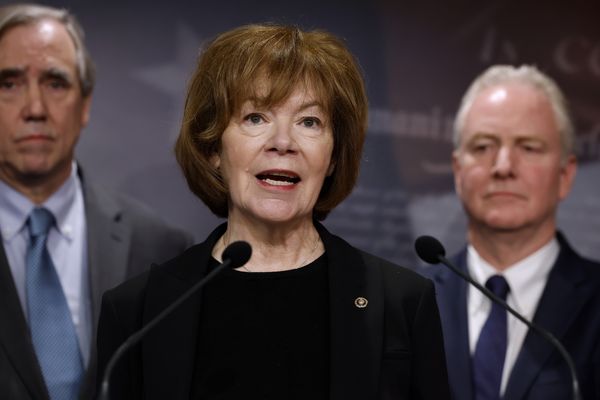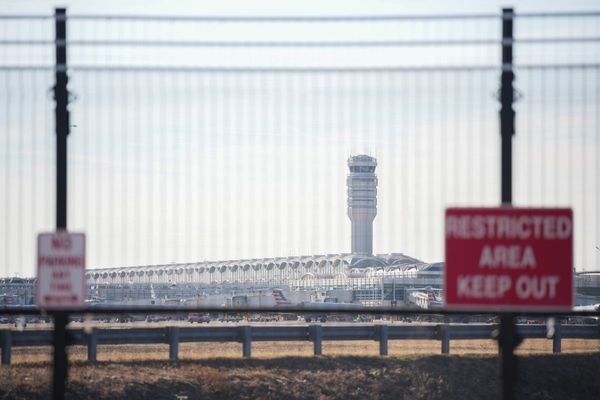A recent report of a patient having suffered for almost a year before she found out that a surgical instrument had been left behind in her stomach — a case of medical negligence in one of the leading medical colleges in Kerala, a State with one of the most advanced health care systems in the country — and growing vacancies in seats to Bachelor of Dental Surgery and Master of Dental Surgery courses in dental colleges across the country are two happenings that raise questions about the potential role played by medical colleges in India. The policy proposal of 2019 by the Union government to convert district hospitals to medical colleges, that is being pursued along with a policy of sanctioning an All India Institute of Medical Sciences (AIIMS)-like institution in every State, highlights the need to examine the contribution of medical colleges in patient care from a public health perspective.
A medical college is an institution that has dual purposes: first and foremost is its educational role: as primarily an institution for the education and training of students to become medical professionals through teaching and apprenticeship (internship). A medical college hospital with state-of-the-art facilities is established with a view to ensure bedside care, a mandatory requirement for apprenticeship, and is the most crucial component in medical training. Its secondary purpose is to offer medical care. Hence, population norm was never a concern while establishing medical colleges and it is expected that patients with serious illnesses can avail services from medical colleges anytime when they have a referral from the lower-level facilities.
Colleges and myths
Despite this, there is a myth that having a medical college sanctioned for a district would take care of every health-care needs of the people there. Added to this is the potential real estate and other infrastructure boom near medical colleges along with the nurturing of false security and hope that the chances of children living there getting a medical seat will also increase. The popular support and goodwill for a medical college is supplemented with another myth that producing more medical professionals is the solution to the issue of inadequate access to health care.
But a close examination of the evidence and experiences around medical colleges and district hospitals and their contribution to people’s health care presents a different picture. What it shows instead is that secondary-care facilities need to be prioritised over large state-of-the-art medical colleges if curative care needs of the people are the priority.
Tertiary care needs
Two kinds of evidence need to be examined to make sense of this. First, it is a well-known fact that those needing advanced tertiary care will comprise approximately 1% of the total population annually. So, for a district with a population of three million, this would mean a bed requirement of 575-700 specialised beds (for a medium-size district) if we consider 100%-85% bed occupancy. Most district hospitals are expected to cater to this need for specialised tertiary care. Unfortunately, district hospitals that are expected to function and follow referral systems from the lower-level facilities face multiple challenges in the form of poor infrastructure that includes a lack of specialists, and no referral system, which is partly due to non-functional secondary-level care facilities.
Most importantly, there is an overload of all kinds of patients (from those needing primary care to those needing most advanced care) who await treatment from these higher-level facilities, i.e., district hospitals or medical colleges. In places where better secondary facilities are functional and which have a referral system of some kind that works, there are district hospitals that are doing well (their patient care has specialities such as cardiac care and surgery, regular dialysis services and cancer treatment with a network of regional cancer centres), thus rendering efficient care on a long term and sustainable basis. It is a truism that some of the best trauma care responses after road traffic accidents are by the district hospitals with their limited capacity. This is a model to be emulated. Some district hospitals have a history of resisting the proposal to convert to medical colleges and are still doing well in patient care.
On the contrary, some of the well-functioning medical colleges across the country face problems such as crowding of patients in need of primary and secondary care which could otherwise have been handled by the lower-level facilities. Medical practitioners in most medical colleges in the country will agree that more than 80% of the cases that are treated in medical colleges do not really warrant treatment under tertiary specialty care. There can be effective treatment at the lower level by ensuring basic facilities at that level. Patients who are in need of primary and secondary care always seem to flock to either medical colleges or well-functioning district hospitals for their immediate treatment. The perennial failure of India’s health services to implement a referral system in tertiary-care facilities is only the expression of a much larger systemic problem — the failure to strengthen secondary-level care. If strengthened, secondary-level care can be the face of public sector curative care for people and can even win trust as these patients constitute one of the larger segments in the total curative care pie — which private commercial players look to in search of business. Most secondary-care needs do not require hospitalisation and hence are excluded from any health insurance scheme. In the south, such as Kerala and Tamil Nadu, the significant contribution of the government in addressing the curative care needs of people is through better functioning secondary-level health-care facilities.
Popular versus people-centric policy
There is always popular support for the establishment and the creation of a medical college as it propagates an ‘image’ of advanced technology and development. Setting up medical colleges in a district is a popular policy response but at times masks the real problem — of the inadequate provisioning of secondary-level health care in the region.
There are two obvious challenges as establishing new medical colleges in areas where there is poor infrastructure and connectivity will face serious setbacks as the experience of several of the new AIIMS projects across the country shows. In addition, if district hospitals are converted to medical colleges, the priority shifts from a treatment centre to that of an education and research centre, where patient priorities become secondary. In either case, the challenges of ensuring a referral (gate keeping) will continue unless secondary facilities are developed adequately. There is a need to shatter the myth of medical colleges being the ideal site for health-care solutions as far as the masses are concerned. Instead, strengthening secondary-level curative care can be the best policy for governments to strengthen their health-care system. If this is done, it can be a strong regulator for the commercial private sector which survives on the less complex secondary-care needs of people.
Mathew George is Professor and Head, Department of Public Health and Community Medicine, Central University of Kerala, Periye, Kasaragod, Kerala







